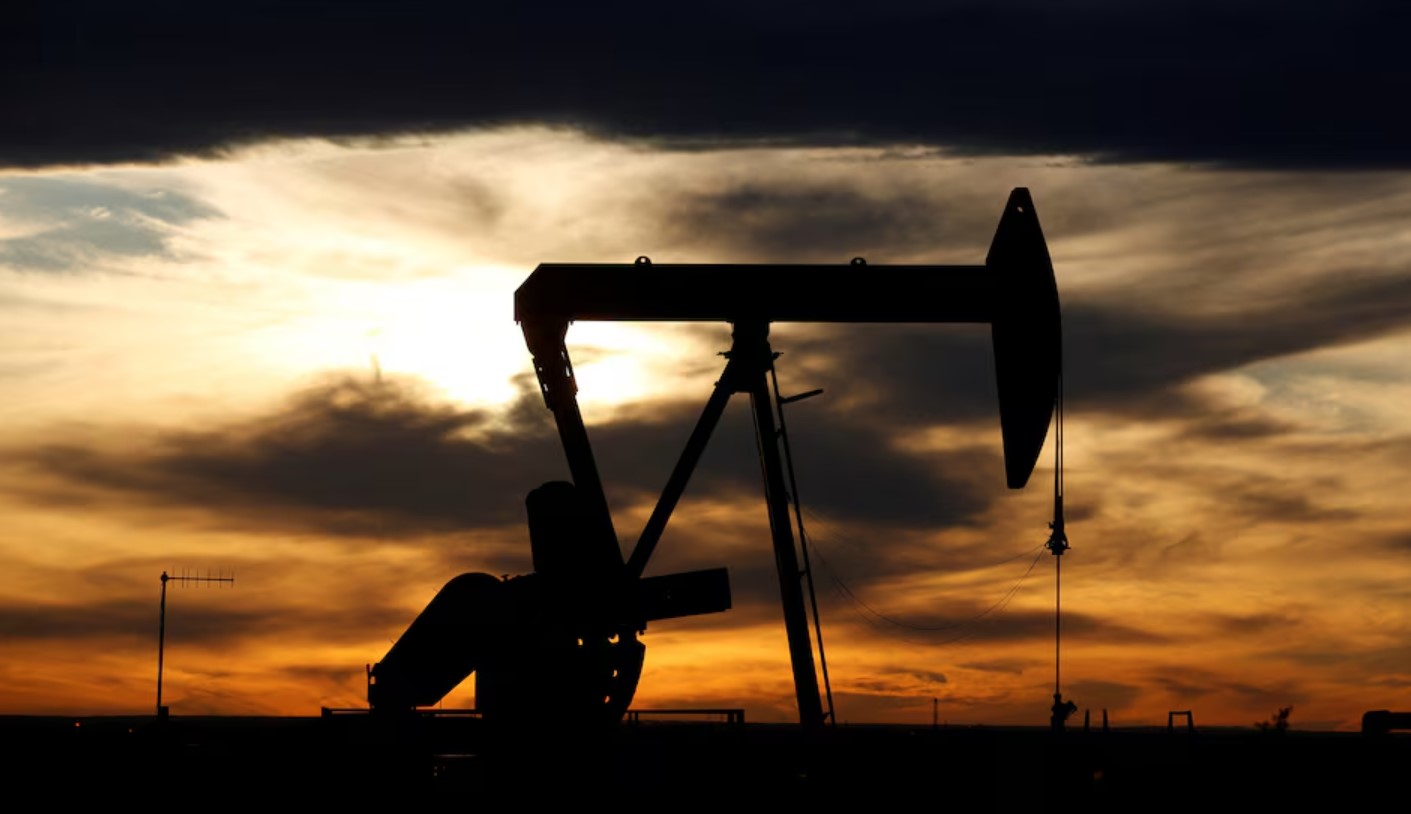Oil prices extended gains to two-month highs on Tuesday on expectations of rising demand during the summer driving season and possible supply disruptions from Hurricane Beryl.
Brent crude futures rose 70 cents, or 0.81 per cent, to $87.30 a barrel by 1035 GMT, their highest since April 30. US West Texas Intermediate (WTI) crude was up 68 cents, or 0.82 per cent, at $84.06 after touching its highest since April 26.
Both benchmarks gained about 2 per cent in the previous session.
US gasoline demand is expected to ramp up as the summer travel season picks up with the Independence Day holiday this week. The American Automobile Association has forecast that travel during the holiday period will be 5.2 per cent higher than in 2023, with car travel up 4.8 per cent.
Also supporting oil prices is a rising risk premium linked to Middle East tensions and signs of subsiding inflation in the United States, rekindling hopes of interest rate cuts.
Markets are also watching for possible disruption to US refining and offshore production after Hurricane Beryl struck the Caribbean as a category 4 storm on Monday.
“A dangerous hurricane in the Caribbean Sea is expected to hit Mexico, intensifying concerns regarding the supply side of the equation,” said Charalampos Pissouros, senior investment analyst at brokerage XM, adding that recent US data supports the market view that the Federal Reserve is likely to proceed with two quarter-point cuts to interest rates this year.
Lower crude exports from OPEC and Russia, just as refinery runs ramp up for the summer peak, are contributing to a tighter than expected market and prices are reacting accordingly, said Claudio Galimberti at research company Rystad Energy.
A still-high geopolitical risk premium also adds oil price support, Galimberti added, though signs of lower than expected demand growth have limited gains.
Some data shows that first-half crude imports to Asia, the world’s biggest oil-consuming region, were lower than in the same period last year.







Click here to change your cookie preferences